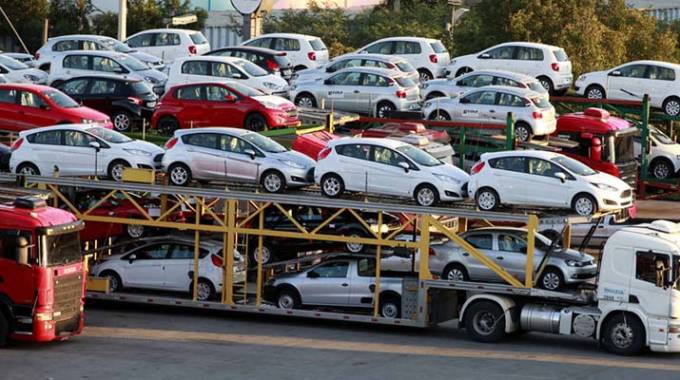Removing the 10-ýear vehicle import limit in Zimbabwe
Attention:- All parliamentarians:
Zimbabwean citizens face significant challenges when it comes to vehicle ownership, particularly due to the government-imposed 10-year limit on imported vehicles. This restriction, initially was aimed at promoting local manufacturing, is increasingly irrelevant as Zimbabwe is no longer a major car manufacturing country. It is time for the government to reconsider this policy and remove the 10-year limit, allowing citizens the freedom to import vehicles of their choice.
The rationale behind the 10-year import rule was to support domestic car production and ensure that only newer, more environmentally friendly vehicles were on the roads. However, the reality is that the local automotive industry has not flourished as anticipated. The decline in manufacturing capabilities means that the policy now serves more as a barrier to vehicle ownership for ordinary Zimbabweans than as a tool for economic growth.
One of the most pressing issues is accessibility. Many Zimbabweans rely on the importation of used vehicles as a more affordable option, as new cars are often prohibitively expensive. With the limit in place, potential buyers are forced to settle for older models that may not meet their needs or preferences. As a result, the market is flooded with outdated cars, while countless citizens are left without viable transportation options.
Moreover, the disparity between government officials and the average citizen exacerbates the situation. Government officials and civil servants often benefit from a duty-free initiative that allows them to import vehicles without the restrictions faced by the general public. This privilege creates an uneven playing field, where those in power can easily dispose of their vehicles, often selling them to civilians at inflated prices. This practice not only undermines the spirit of fairness but also perpetuates a cycle of inequality that leaves the average Zimbabwean at a disadvantage.
Removing the 10-year limit would democratiee vehicle ownership, allowing citizens to choose from a wider range of vehicles. This change would not only enable individuals to select cars that suit their needs but also promote competition within the automotive market. As more vehicles enter the country, prices may eventually stabilise, making car ownership more accessible to a larger segment of the population.
Additionally, lifting the limit could have positive implications for the economy. Increased vehicle imports would stimulate related industries, such as automotive repairs and parts sales. It could also boost tax revenues as more vehicles are registered, providing the government with additional funds to invest in public services and infrastructure.
Furthermore, the environmental concerns surrounding older vehicles can be addressed through regular inspections and emissions testing. Rather than imposing a blanket age limit, the government could establish standards that ensure vehicles are safe and environmentally friendly, regardless of their age. This approach would strike a balance between promoting vehicle ownership and maintaining environmental responsibility.
The10-year vehicle import limit in Zimbabwe is an outdated policy that no longer serves its original purpose. As the country moves away from car manufacturing, it is crucial to adapt to the changing landscape and prioritise the needs of the citizens. By removing this restriction, the government would empower Zimbabweans to make choices that align with their personal circumstances and economic realities. It is time for the government to act in the best interest of its people and allow for greater flexibility in vehicle imports, fostering a more equitable and accessible transportation system for all.
Engineer Jacob Kudzayi Mutisi




